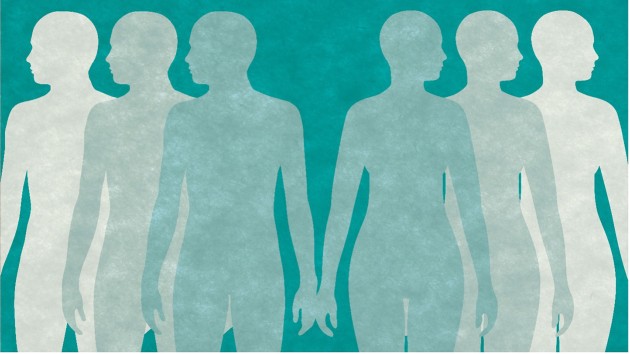
Circular RNA in cancer
Vanessa M. Conn, Arul M. Chinnaiyan & Simon J. Conn

Vanessa M. Conn, Arul M. Chinnaiyan & Simon J. Conn

Clonal evolution is now a central theoretical framework in cancer research. In this Perspective, Laplane and Maley identify challenges to that theory such that some non-evolutionary phenomena in cancer cannot be captured by the theory. They also outline how other challenges, including non-genetic heredity, phenotypic plasticity, reticulate evolution and clone diversity, can be included in an expanded cancer evolutionary theory.
